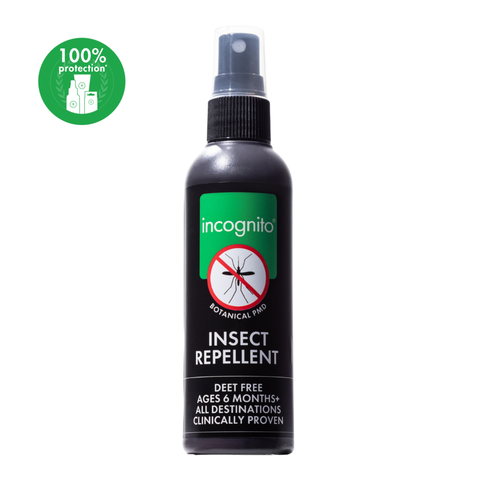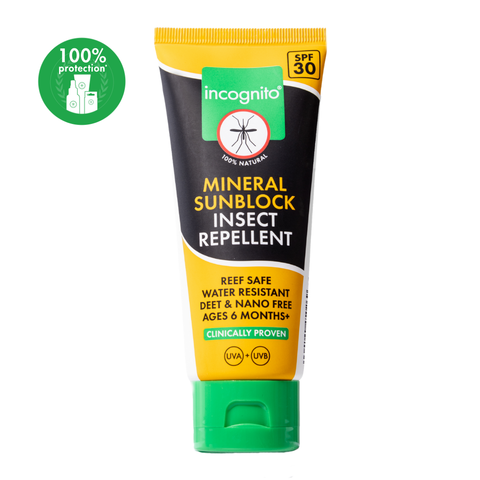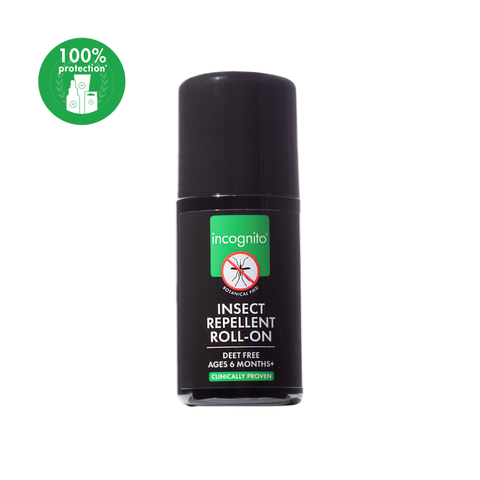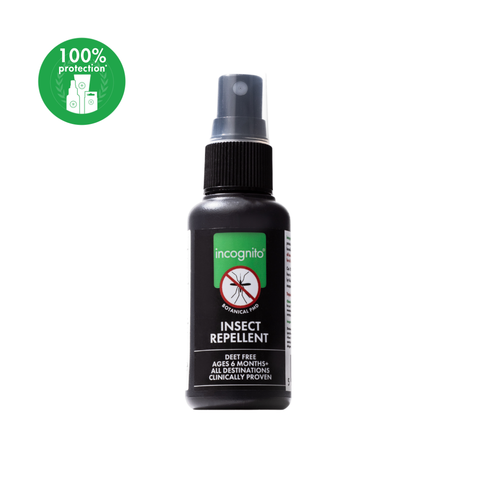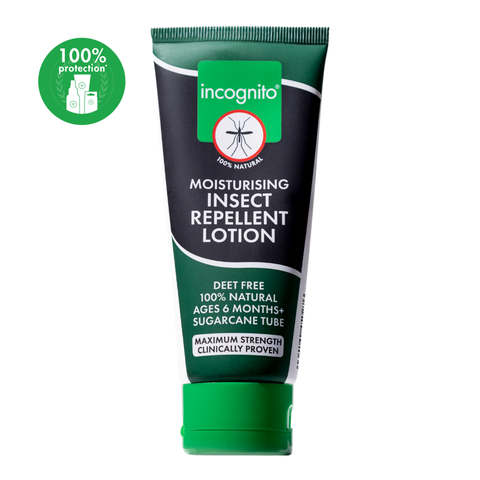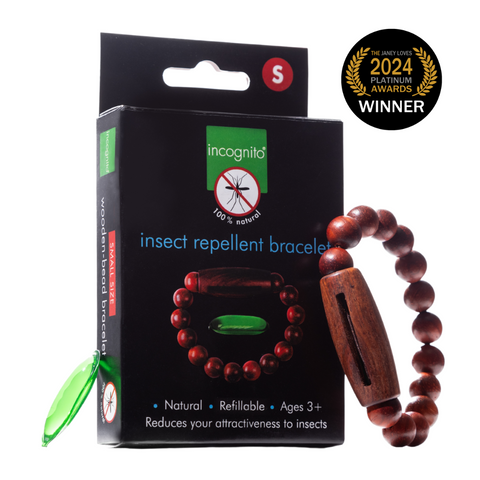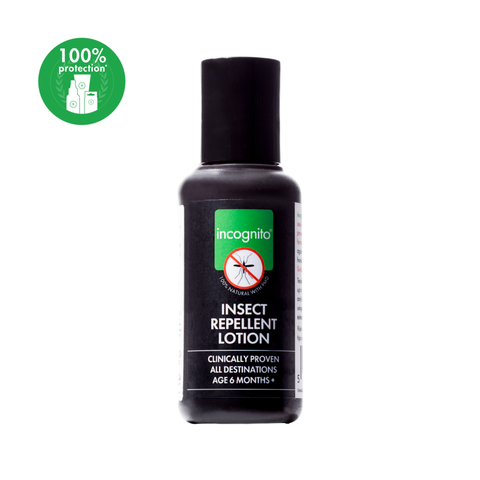Insects and Diseases
incognito® protects you against a range of insects and diseases.
Learn more below.
Stay informed
Be prepared and up-to-date with trusted information on insect activity and related disease risks in the UK and abroad.
Insect Information
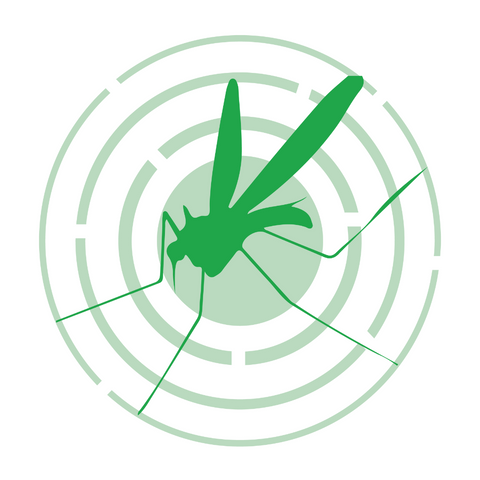
Mosquitoes
Mosquitoes are tiny insects that begin life as eggs laid on water surfaces. The eggs hatch into larvae. It's the female mosquitoes that are drawn to smells and can bite, feeding on blood. During the bite, they transfer their saliva, causing itchy rashes and possibly spreading diseases like Zika, Dengue, Malaria, Yellow Fever, and other viruses.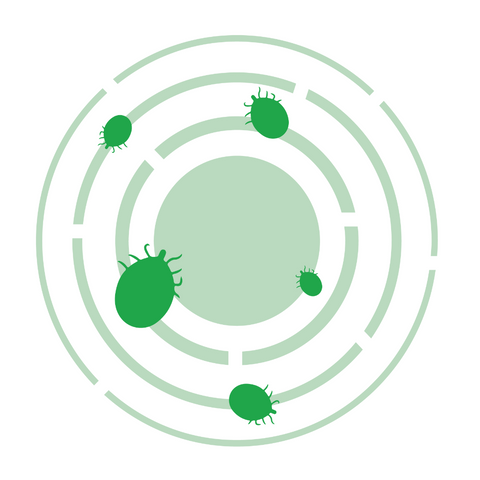
Ticks
Ticks are arachnids and have four life stages: egg, larva, nymph, and adult. They live mostly on the ground, near leaflitter, and attach to hosts to feed. Nymphs are most likely to bite humans and can transmit Lyme disease if not removed promptly. Learn more about Lyme Disease on our Disease Page.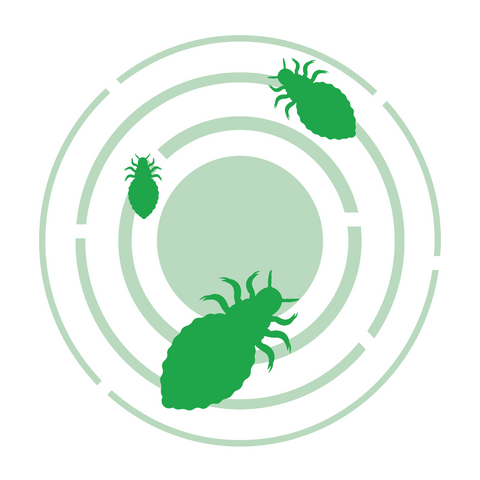
Midges
Midges are small flying insects, with various species found mainly in the UK, especially highland midges. They’re prevalent in Scotland, North Wales, the British Isles, Scandinavia, Northern Europe, Russia, and Northern China. Female midges often bite in groups, though they usually prefer cattle, sheep, and deer. Midge bites can cause irritating lumps that last hours or days, especially in wet, humid and dark conditions (such as campsites).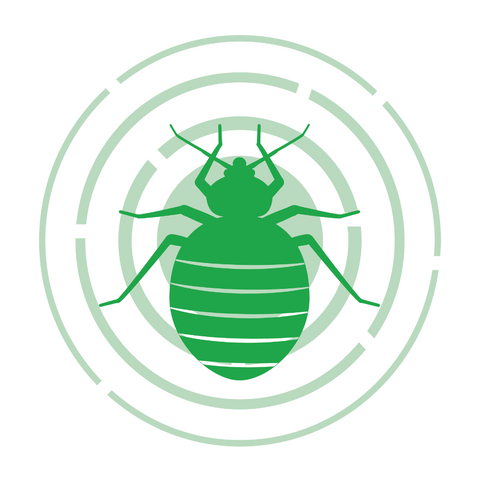
Bedbugs
Bedbugs are found worldwide and feed at night, causing rashes and in severe cases, wart-like symptoms. An exterminator might be needed for severe infestations. Wearing long bedwear and using citronella soap before bed can help. Spray insect repellent on your clothes and exposed skin to avoid bites. If bitten, request a room change, as bedbugs can survive up to 12 months without feeding.
Head Lice
Head lice are tiny insects that live in hair, spreading through head-to-head contact. They can’t survive more than 24 hours off the scalp. They are very common amongst young children in school settings. Using a nit comb and nit remover shampoo is effective for removal. Head lice cause itching and discomfort, so if there’s an outbreak, spray repellent on the hair to make it less likely for your child to catch them.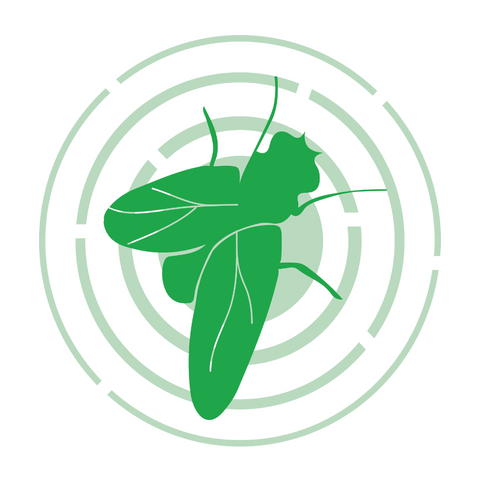
Other insects
Sandflies thrive in sandy areas whereas horseflies are found around lakes, wetlands and rivers. Both flies suck blood from humans and leave painful bites. Sandflies can spread diseases like leishmaniasis and pappataci fever. Horseflies are typically not harmful to humans but have been known to spread animal-based diseases.Diseases
RECENT DEVELOPMENTS:
Due to climate change, mosquitoes carrying dengue fever have recently been found in Europe and the UK. Stay informed by regularly checking the news for updates on cases in your area or destinations you plan to visit.
Hot Spots:
Dengue is prevalent in tropical and subtropical regions worldwide, particularly in Southeast Asia, the Pacific islands, the Caribbean, Central and South America, and parts of Africa. The peak season for dengue transmission coincides with the rainy season, when mosquito breeding is most active.
Symptoms:
Symptoms usually begin 4-10 days after the mosquito bite and include sudden high fever, severe headaches, pain behind the eyes, joint and muscle pain, rash, and mild bleeding (e.g., nose or gum bleed, easy bruising). Severe dengue, also known as dengue hemorrhagic fever, can cause plasma leaking, fluid accumulation, respiratory distress, severe bleeding, or organ impairment.
Treatments and Precautions:
Dengue cannot currently be treated. Management includes hydration, pain relief (paracetamol), and monitoring for complications. Preventive measures include using incognito® insect repellent, wearing long-sleeved clothing, and staying in accommodations with screens or air conditioning. Eliminate standing water around living areas to reduce mosquito breeding sites.
Hot Spots:
Lyme disease is most common in the north eastern, mid-Atlantic, and north-central United States, as well as in Europe and temperate parts of Asia. Peak seasons for tick bites are late spring to early summer and autumn.
Symptoms:
Early signs include a "bull's-eye" rash, migraines, fever, chills, headache, fatigue, muscle and joint aches, and swollen lymph nodes.
Treatments and Precautions:
Early-stage Lyme disease is treatable with antibiotics so visit your doctor as soon as possible. Preventive measures include using incognito® insect repellent, performing thorough tick checks after outdoor activities, wearing protective clothing, and avoiding areas with high tick populations. If a tick is found, remove it promptly and carefully with fine-tipped tweezers.
Hot Spot:
Malaria is widespread in sub-Saharan Africa, South Asia, Southeast Asia, Central and South America, the Caribbean, and parts of the Middle East. Transmission is highest during and after the rainy season when mosquito populations surge.
Symptoms:
Symptoms typically appear 10-15 days after the infective mosquito bite and include fever, chills, headache, nausea, vomiting, muscle pain, and fatigue.
Treatments and Precautions:
Common antimalarial medications can be taken so it’s imperative to seek medical help immediately. Preventive measures include using incognito® insect repellent, sleeping under insecticide-treated mosquito nets, wearing long-sleeved clothing, and taking antimalarial prophylactic drugs when traveling to high-risk areas.
Hot Spots:
Zika virus is common in tropical and subtropical regions, particularly in South and Central America, the Caribbean, Southeast Asia, and parts of Africa. Peak transmission seasons align with the rainy season when mosquito activity is heightened.
Symptoms:
Most people infected with Zika virus are asymptomatic. When symptoms occur, they include mild fever, rash, joint pain, conjunctivitis, muscle pain, and headaches. In pregnant women, Zika infection can cause severe birth defects.
Treatments and Precautions:
There are currently no medical treatments for Zika virus. Supportive care includes rest, hydration, and taking paracetamol for pain and fever. Preventive measures include using incognito® insect repellent, wearing protective clothing, and avoiding travel to areas with active Zika transmission, especially if pregnant. Stay in air-conditioned or screened accommodations, eliminate standing water to reduce mosquito breeding sites and use contraceptive measures (e.g. condoms) if a sexual partner has travelled to Zika-prone areas.
Hot Spots:
Chikungunya is prevalent in Africa, Asia, Europe, and the Indian and Pacific Oceans. Outbreaks are common during and after the rainy season when mosquito breeding intensifies.
Symptoms:
Symptoms usually appear 4-8 days after the mosquito bite and include a sudden high fever, severe joint and muscle pain, headaches, skin rashes, fatigue, and feeling nauseous. Joint pain can persist for weeks or months.
Treatments and Precautions:
Without a known treatment you must focus on rest, drinking fluids, and seeking advice from a doctor about using pain relievers. Preventive measures include using incognito® insect repellent, wearing long-sleeved clothing, and staying in air-conditioned or screened areas. Reducing mosquito breeding sites by eliminating standing water is also crucial.
Hot Spots:
In tropical regions of Africa and South America this disease is classified as an endemic. Transmission peaks during and after the rainy season when mosquito populations are highest.
Symptoms:
After about 3-6 post-infection you would expect a fever, chills, severe headache, back pain, general body aches, nausea, and vomiting. In severe cases, symptoms can progress to jaundice, bleeding, and organ failure.
Treatments and Precautions:
Vaccination is highly effective and recommended for travellers going to the hot spots. With no treatment you must focus on hydration and symptom relief. Preventive measures include using incognito® insect repellent, wearing protective clothing, and staying in accommodations with screens or air conditioning.




